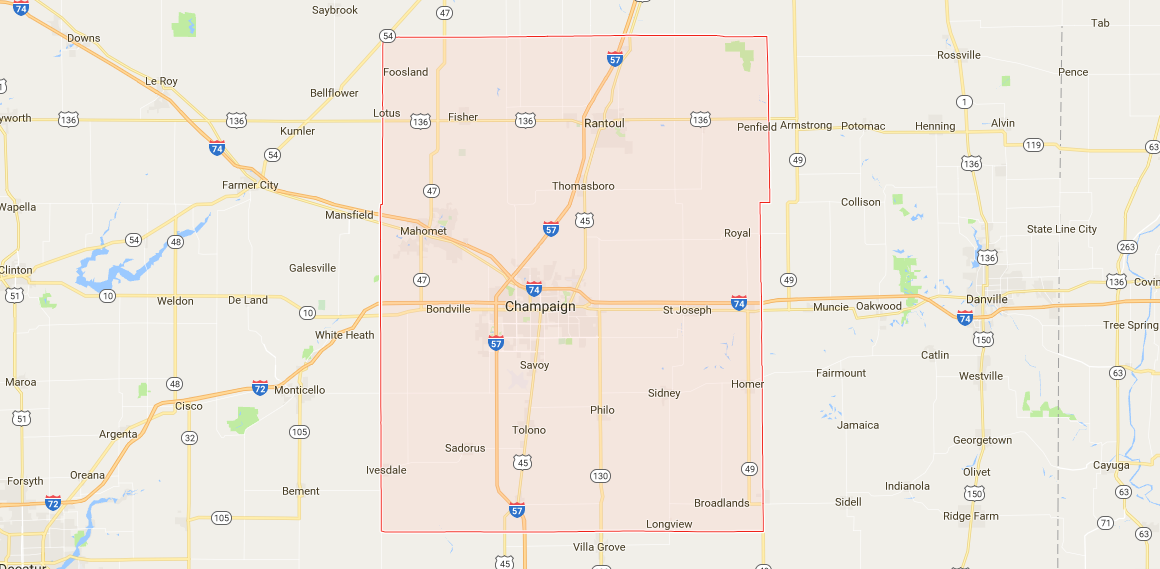Champaign County is quite proud of being one of the toughest counties in the state at prosecuting Driving Under the Influence. A first offense can cost the offender thousand upon thousand of dollars and years to become a fully licensed driver again. Even so, the instances of DUI continue without hesitation.
The current formula for detecting an impaired driver relies on chance a patrol officer will happen upon an impaired driver driving erratically before a tragedy occurs. While no one has tolerance for drunken driving, no one wants to hinder the alcohol business, a lucrative source of sales tax revenue. There would be great outrage were law enforcement to simply set up roadside checks in the parking lots of taverns. The renewed economic development of recent years depends on unfettered alcohol sales, and nothing kills a buzz faster than knowing a police officer awaits your return to your automobile.
In a time of evermore secrecy within the law enforcement community, we have little data in which to address the problem of DUI. You’d think that in the digital age, we could track the set of circumstances that create most often a driver behind the wheel who has had too much. Are impaired drivers on the road after drinking at home, driving from a private party, drinking packaged liquor in their car, or en route to home after drinking at a bar? No study has ever been done to give us the tools to be smarter about DUI. We could, if diligence at actually solving a problem were a priority, determine what kind of alcohol is leading to most of the impaired driving decisions. Of course, no name brand would want “Most Likely To Cause a DUI,” listed as one of its product’s virtues.
Despite our technical capabilities at tracking the data, we leave the entire problem to an overwhelmed and punitive criminal justice system and hope a friendly reminder from the alcohol industry will suffice at curbing impaired driving. Other than generating lucrative cases for the legal community, it isn’t working.
So without a study, we’ll assume anyway in this article that a primary circumstance of DUI is impaired drivers returning home after a night at the bars. Here below could be a use of our tax dollars at preventing drunk drivers from ever driving.
- All Class A liquor license holders would be provided a breathalyzer and the training to use it, as part of their licensing agreement with the government to sell alcohol.
- A county-wide ordinance would require all customers who drove a vehicle to a bar must hand over their car keys to a bartender before the patron can be served alcohol. Like cigarette smokers must smoke outside, drivers must forfeit the keys before getting a drink.
- When a patron wishes to leave the bar, they would be required to first blow into the bar’s breathalyzer to determine if they qualify to get their keys back. Blowing anything over .08 would prevent the patron from getting their car keys, and instead, a 48-hour free parking sticker would be applied to their car and an MTD shuttle would be summoned to drive the person directly home.
The citizenry would probably resist this proposal, preferring the current system of “taking their chances” on their ability to drive over the state standard for alcohol impairment, and would prefer to keep “their freedom” of having control over their car. Bar owners might find the added responsibility of securing someone’s car keys too labor intensive.
Likewise, law enforcement would denounce this idea for the tax dollars are not directed toward their services but would rather go to the MTD shuttle, personnel who train bar staff and maintain the breathalyzers, and the breathalzyer company providing the equipment.
In the continued discussion of enhancing public safety while seeking alternatives to costly and debilitating incarceration, creative thinking that avoids the necessity to prosecute will be needed to conserve precious tax dollars. Unfortunately, too many of us have been conditioned to believe that the only way to address all dysfunctional behaviors is to have The Big Nanny haul us to jail and court.








